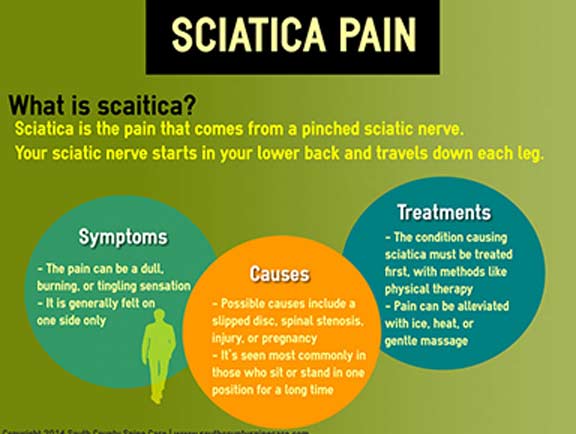Regular Activities That Add To Neck And Back Pain And Ways To Prevent Them
Regular Activities That Add To Neck And Back Pain And Ways To Prevent Them
Blog Article
Written By-Snyder Schaefer
Keeping correct position and staying clear of typical pitfalls in everyday activities can considerably influence your back health. From just how you rest at your desk to how you lift hefty objects, tiny modifications can make a big difference. Visualize a day without the nagging pain in the back that impedes your every step; the solution could be easier than you think. By making please click the next website page to your daily habits, you could be on your method to a pain-free existence.
Poor Posture and Sedentary Way Of Living
Poor posture and a sedentary way of living are 2 significant contributors to pain in the back. When you slouch or hunch over while sitting or standing, you placed unnecessary stress on your back muscular tissues and spine. This can cause muscular tissue discrepancies, stress, and eventually, persistent neck and back pain. In addition, sitting for extended periods without breaks or physical activity can damage your back muscle mass and cause stiffness and discomfort.
To combat bad stance, make a conscious effort to rest and stand directly with your shoulders back and lined up with your ears. Keep in mind to maintain your feet level on the ground and avoid crossing your legs for extensive periods.
Incorporating routine extending and enhancing workouts right into your everyday routine can additionally assist boost your pose and alleviate neck and back pain connected with an inactive lifestyle.
Incorrect Lifting Techniques
Incorrect lifting methods can substantially contribute to back pain and injuries. When you lift heavy items, bear in mind to flex your knees and use your legs to raise, rather than relying on your back muscular tissues. Prevent turning your body while training and maintain the item near to your body to minimize stress on your back. It's critical to preserve a straight back and prevent rounding your shoulders while lifting to prevent unneeded pressure on your spine.
Constantly assess the weight of the things prior to raising it. If it's also heavy, request help or use equipment like a dolly or cart to move it securely.
Bear in mind to take breaks throughout lifting tasks to give your back muscular tissues an opportunity to rest and stop overexertion. By executing appropriate lifting methods, you can stop pain in the back and reduce the threat of injuries, guaranteeing your back stays healthy and balanced and strong for the long-term.
Lack of Routine Workout and Stretching
A sedentary lifestyle lacking routine workout and stretching can considerably contribute to pain in the back and pain. When you do not participate in physical activity, your muscles end up being weak and inflexible, leading to inadequate posture and increased pressure on your back. Routine workout assists strengthen the muscles that support your back, boosting security and lowering the risk of back pain. Including extending into your routine can also improve flexibility, protecting against tightness and discomfort in your back muscles.
To stay mouse click the next page of neck and back pain triggered by an absence of exercise and extending, aim for a minimum of thirty minutes of modest exercise most days of the week. Include exercises that target your core muscle mass, as a solid core can assist ease stress on your back.
Furthermore, take breaks to stretch and move throughout the day, specifically if you have a desk task. Straightforward stretches like touching your toes or doing shoulder rolls can help alleviate tension and prevent pain in the back. Focusing on regular workout and extending can go a long way in keeping a healthy back and minimizing pain.
Conclusion
So, keep in mind to sit up directly, lift with your legs, and remain active to avoid back pain. By making simple changes to your everyday practices, you can stay clear of the discomfort and constraints that feature back pain. Care for your spine and muscles by exercising great position, appropriate lifting techniques, and normal exercise. Your back will thank you for it!
